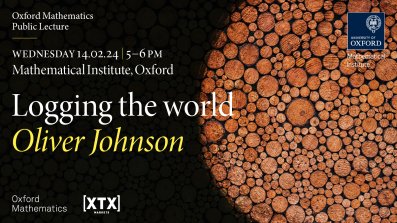14:00
Algorithmic Insurance
Abstract
As machine learning algorithms get integrated into the decision-making process of companies and organizations, insurance products are being developed to protect their providers from liability risk. Algorithmic liability differs from human liability since it is based on data-driven models compared to multiple heterogeneous decision-makers and its performance is known a priori for a given set of data. Traditional actuarial tools for human liability do not consider these properties, primarily focusing on the distribution of historical claims. We propose, for the first time, a quantitative framework to estimate the risk exposure of insurance contracts for machine-driven liability, introducing the concept of algorithmic insurance. Our work provides ML model developers and insurance providers with a comprehensive risk evaluation approach for this new class of products. Thus, we set the foundations of a niche area of research at the intersection of the literature in operations, risk management, and actuarial science. Specifically, we present an optimization formulation to estimate the risk exposure of a binary classification model given a pre-defined range of premiums. Our approach outlines how properties of the model, such as discrimination performance, interpretability, and generalizability, can influence the insurance contract evaluation. To showcase a practical implementation of the proposed framework, we present a case study of medical malpractice in the context of breast cancer detection. Our analysis focuses on measuring the effect of the model parameters on the expected financial loss and identifying the aspects of algorithmic performance that predominantly affect the risk of the contract.
Paper Reference: Bertsimas, D. and Orfanoudaki, A., 2021. Pricing algorithmic insurance. arXiv preprint arXiv:2106.00839.
Paper link: https://arxiv.org/pdf/2106.00839.pdf


